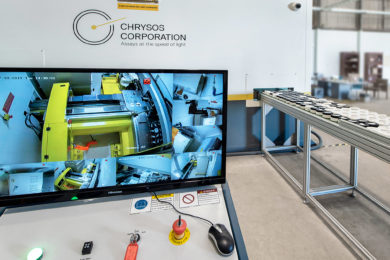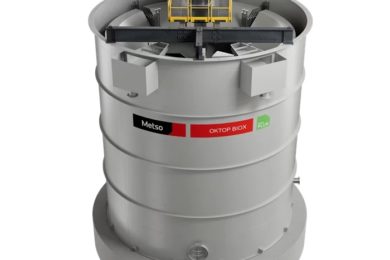 Noise reduction, wear resistance, resistance to heat or cold, energy and weight savings, and strength are advantages reported for RET Rollers. The RET-Roller drum and the bearing case are made of an HDPE material. The HDPE blend used in the RET-Rollers was specially developed to satisfy the high demands of the rollers, including:
Noise reduction, wear resistance, resistance to heat or cold, energy and weight savings, and strength are advantages reported for RET Rollers. The RET-Roller drum and the bearing case are made of an HDPE material. The HDPE blend used in the RET-Rollers was specially developed to satisfy the high demands of the rollers, including:
■It is highly wear resistant
■ It does not corrode and stands up well to aggressive environments such as sea water, iron ore, coal and chemicals
■ It is non-adhesive even in low and very low temperatures
■ It is anti-static and fire retardant
■ It has a friction coefficient considerably smaller than that of steel rollers
■ The low weight means resistance to movement is less than with heavier materials such as steel.
To protect the bearing from contaminants such as dust, sludge, water etc. a polyamide sleeve has been pressed on the stainless steel shaft. This sleeve, the company says, “provides the sealing lips a very good quality running surface and ensures long life . The lip seals are placed in a HDPE sealing housing that is pressed in to the bearing cover.
“In changing temperatures, condensation inside the roller can lead to bearing failure. In RET-Rollers the bearing housing provides a very small access from the roller inside to the bearing. For additional protection a single lip seal is placed between the bearing and the bearing housing, ensuring that no moisture is penetrating the bearing.
“The typical problems of loosening end caps at higher roller speed has been eliminated on the RET-Rollers by welding the HDPE end cap on the HDPE sleeve. The thorough weld ensures a solid structure, but also closes on further access point to the heart of the roller.
“RET-Rollers have a unique way to protect the bearings from impact. The steel pipe inside the HDPE sleeve ends before the bearing housing, limiting the transfer of shocks.” The HDPE material, despite its high wear resistance, is a good dampening material. After the sleeve, there is a very thick bearing housing that is not made of solid material, but that has hollow channels in it. This structure absorbs shocks effectively. Finally, the bearing itself is installed in a sleeve with small holes, providing further shock absorbing properties, but also ensuring good alignment of the bearing.”








